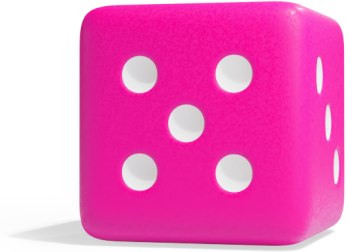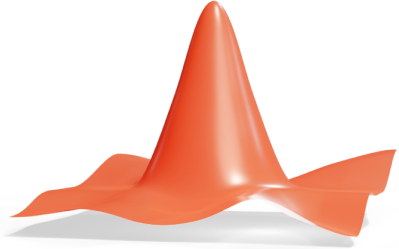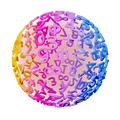10th Grade
How do you prove that the interior angles of a triangle sum to 180 degrees?
{
"voice_prompt": "",
"manuscript": {
"title": {
"text": "Why Do the Interior Angles of a Triangle Add Up to 180 Degrees?",
"audio": "Why do the interior angles of a triangle add up to 180 degrees?"
},
"description": {
"text": "A clever use of vertical and corresponding angles helps explain why the interior angles of a triangle always add up to 180 degrees.",
"audio": "A clever use of vertical and corresponding angles helps explain why the interior angles of a triangle always add up to 180 degrees."
},
"scenes": [
{
"text": "To understand this better, it helps to remember two important angle rules. Vertical angles are formed when two lines cross, and they’re always equal. Corresponding angles appear in the same position when a line crosses two parallel lines—and they’re also equal. We only need these two rules, and the fact that a straight angle measures 180 degrees, to prove that the interior angles of a triangle always add up to 180.",
"latex": "\\text{Vertical angles = equal, corresponding angles = equal, straight angle = 180^\\circ}"
},
{
"text": "Let’s start with any triangle. It can be any shape. Label the three angles A, B, and C. Your goal is to show that A plus B plus C equals 180 degrees.",
"latex": "\\angle A + \\angle B + \\angle C = 180^\\circ"
},
{
"text": "Draw a line through the top vertex of the triangle, parallel to the base. Then, extend the two sides of the triangle so they pass through this new line.",
"latex": "\\text{Draw a parallel line through the top vertex}"
},
{
"text": "Now you have a straight angle at the top of the triangle, formed by the extended sides and the new line. Let’s look at the three angles that make up this straight line.",
"latex": "\\text{Straight angle = 180°}"
},
{
"text": "The angle at the left of the straight line matches the angle at the triangle’s bottom left corner. These are corresponding angles, so they’re equal.",
"latex": "\\text{Left angle } = \\angle B"
},
{
"text": "The angle on the right side of the straight line matches the triangle’s bottom right corner. These are also corresponding angles, so they’re equal.",
"latex": "\\text{Right angle } = \\angle C"
},
{
"text": "The angle in the middle is the vertical angle of the triangle’s top angle, angle A. Since vertical angles are always equal, this means the middle angle also equals angle A.",
"latex": "\\text{Middle angle } = \\angle A"
},
{
"text": "Now you’ve split a straight angle into three parts: angle B, angle A, and angle C. And since a straight angle is 180 degrees, that means the angles inside the triangle must also add up to 180.",
"latex": "\\angle A + \\angle B + \\angle C = 180^\\circ"
},
{
"text": "Let’s do a quick example. Suppose a triangle has one angle that’s 50 degrees, and another that’s 60 degrees. What’s the third angle?",
"latex": "\\angle A = 50^\\circ, \\quad \\angle B = 60^\\circ"
},
{
"text": "Just subtract the two known angles from 180. 180 minus 50 minus 60 is 70 degrees. So the third angle must be 70 degrees.",
"latex": "\\angle C = 180^\\circ - 50^\\circ - 60^\\circ = 70^\\circ"
}
],
"outro": {
"text": "The three interior angles of any triangle always add up to 180 degrees.",
"audio": "The three interior angles of any triangle always add up to 180 degrees."
}
}
}




















